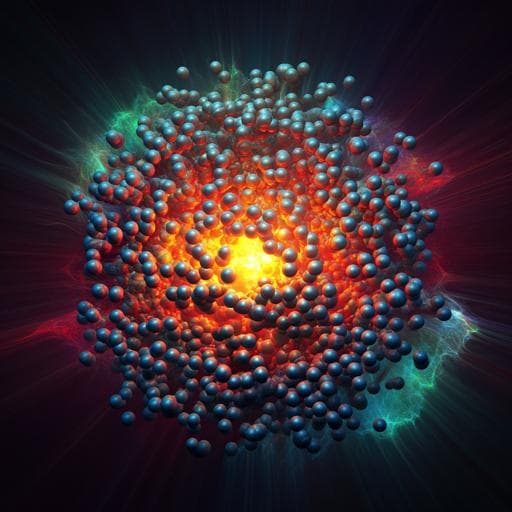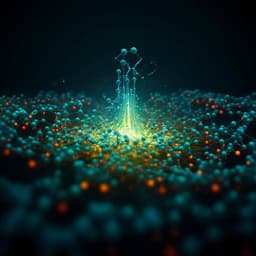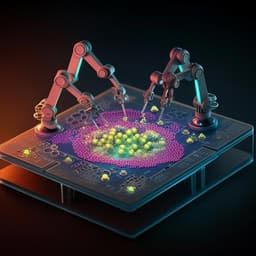
Chemistry
Plasmon-driven chemical transformation of a secondary amide probed by surface enhanced Raman scattering
A. Dutta, M. Ončák, et al.
This cutting-edge study explores the fascinating reactivity of N-methyl-4-sulfanylbenzamide (NMSB) at gold and silver nanoparticle aggregates under plasmonic excitation. By employing surface-enhanced Raman scattering (SERS), the authors reveal a hot electron-mediated transformation of NMSB into p-mercaptobenzamide and p-mercaptobenzonitrile, showcasing an unexpected non-thermal reaction pathway. Discover the exciting findings from this collaborative research by Anushree Dutta, Milan Ončák, Farhad Izadi, Eugene Arthur-Baidoo, João Ameixa, Stephan Denifl, and Ilko Bald.
~3 min • Beginner • English
Related Publications
Explore these studies to deepen your understanding of the subject.







